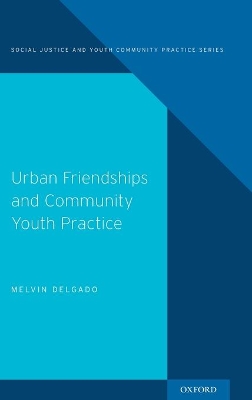Social Justice and Youth Community Practice
1 total work
There is no denying that friendship, however narrow or broad the definition, is dynamic and highly responsive to socio-cultural and environmental factors. Urban Youth Friendships and Community Practice highlights the greater importance of friendships in circumstances where youth have been marginalized and have limited access to instrumental resources that restrict geographical mobility or curtail their movement to limited public spaces (in which they are validated, and even liked or admired). Youth friendships are not limited to peer-networks; they can cross other social divides and involve adults of all ages. Indeed, community practice and asset assessment approaches are increasingly focusing on the relevance of strong peer relationships and networks as strengths upon which to build. Friendships, therefore, are a community asset and as such could be included as a key aspect of community asset assessments and interventions. Community organizations, schools, religious institutions, and other less-formal groups provide practitioners with ample opportunities to foster urban youth friendships.
This book seeks to accomplish four goals: (1) provide a state of knowledge on the definition, role, and importance of friendships in general and specifically on urban youth of color (African-American, Asia and Latinos); (2) draw implications for community practice scholarship and practice; (3) illustrate how friendships can be a focus of a community capacity enhancement assets paradigm through the use of case illustrations; and (4) provide a series of recommendations for how urban friendships can be addressed in graduate level social work curriculum but with implications for other helping professions. Urban Youth Friendships and Community Practice is a must-have for community practitioners, whether their focus be social work, recreation, education, planning, or out-of-school programming.
This book seeks to accomplish four goals: (1) provide a state of knowledge on the definition, role, and importance of friendships in general and specifically on urban youth of color (African-American, Asia and Latinos); (2) draw implications for community practice scholarship and practice; (3) illustrate how friendships can be a focus of a community capacity enhancement assets paradigm through the use of case illustrations; and (4) provide a series of recommendations for how urban friendships can be addressed in graduate level social work curriculum but with implications for other helping professions. Urban Youth Friendships and Community Practice is a must-have for community practitioners, whether their focus be social work, recreation, education, planning, or out-of-school programming.
